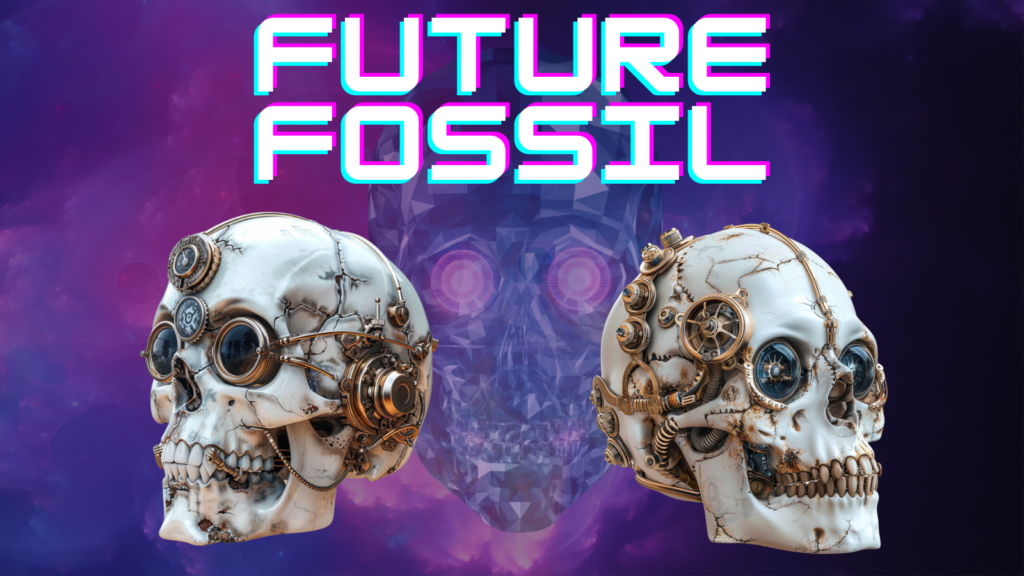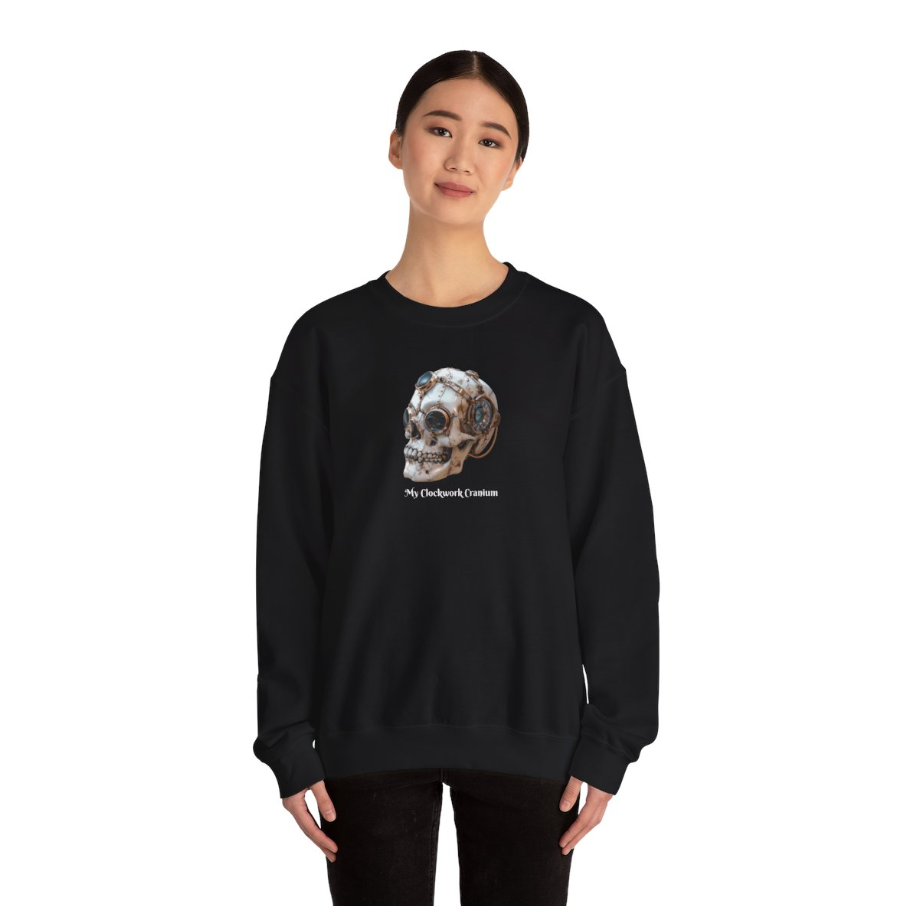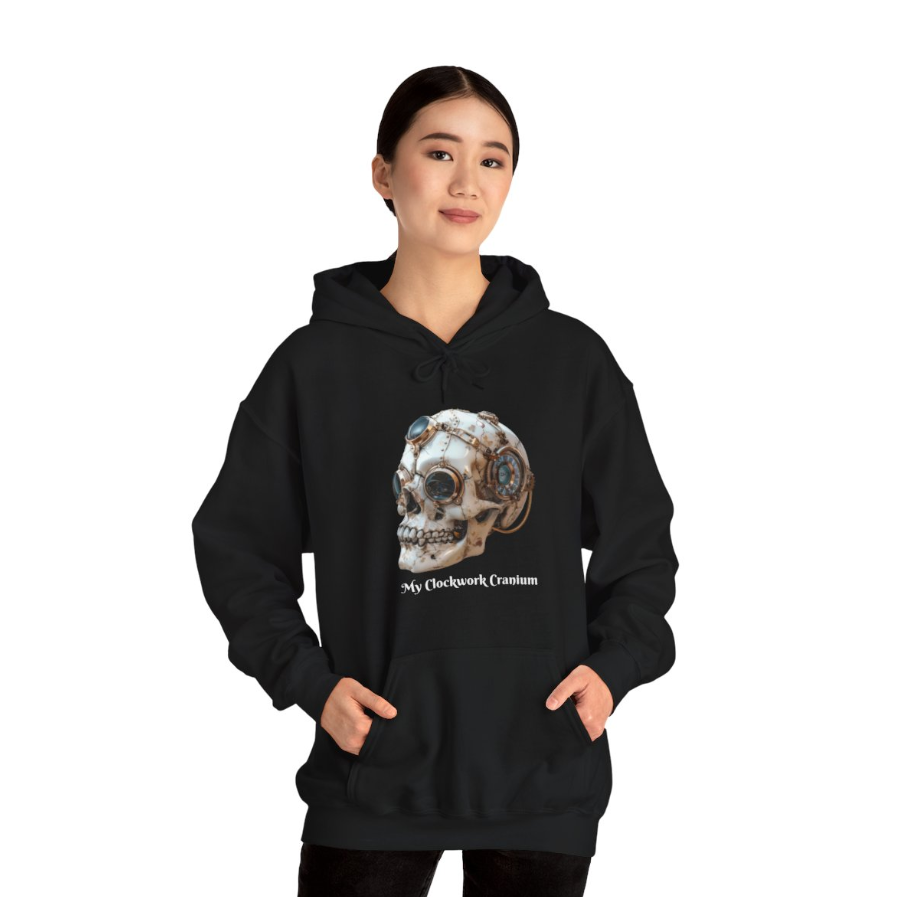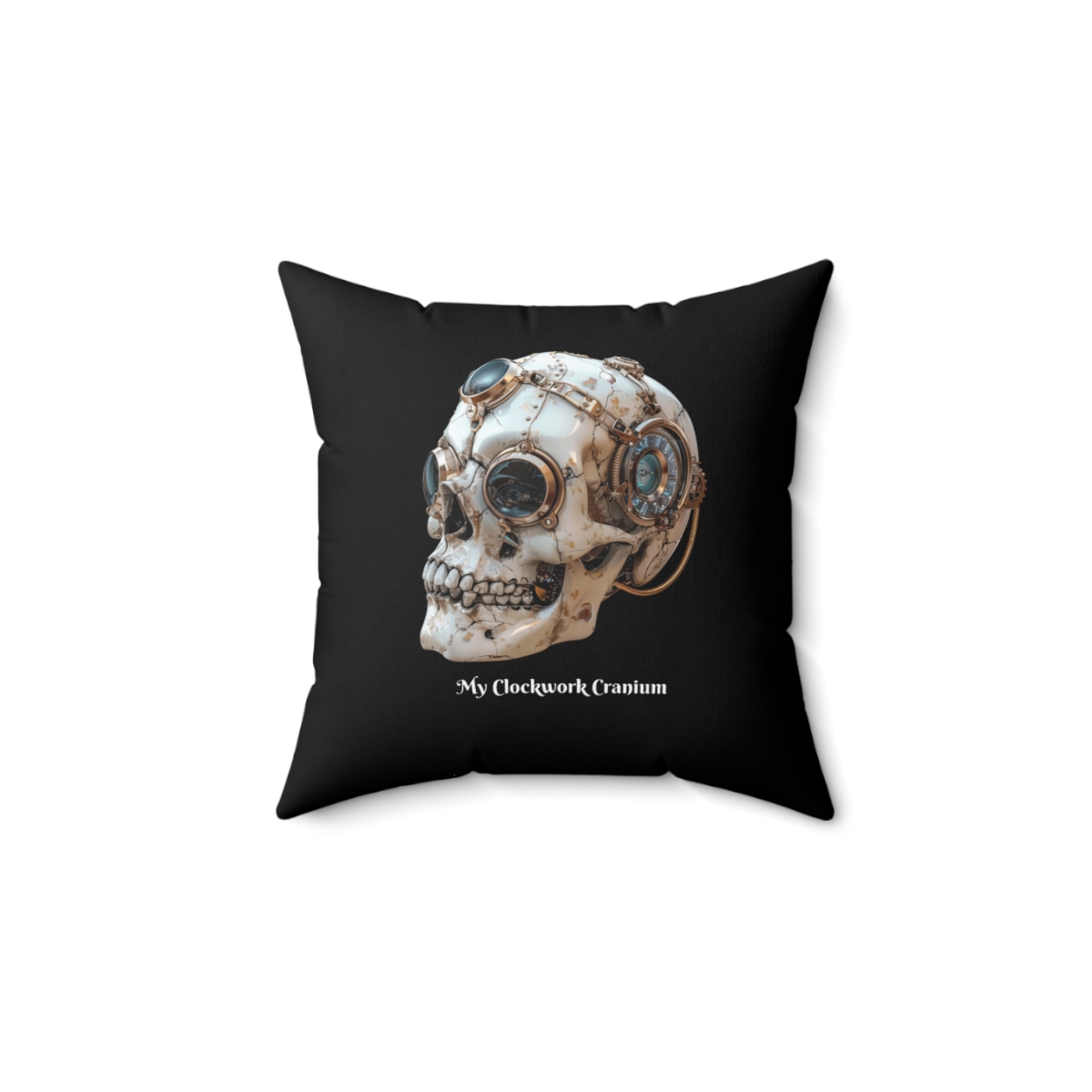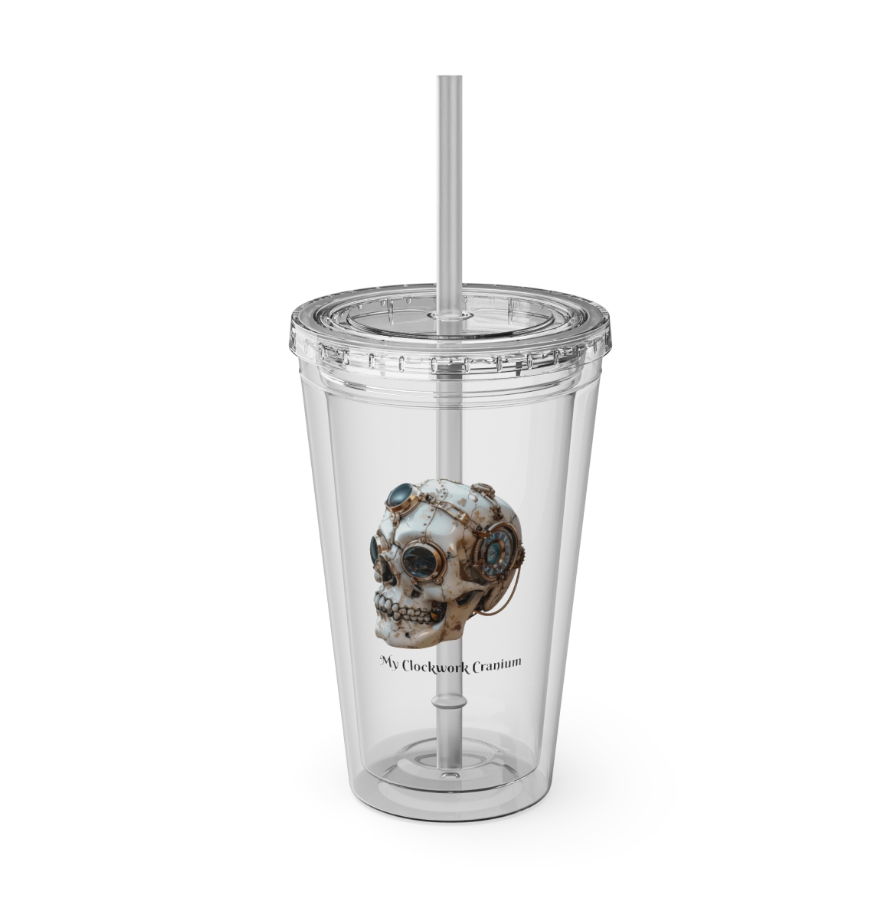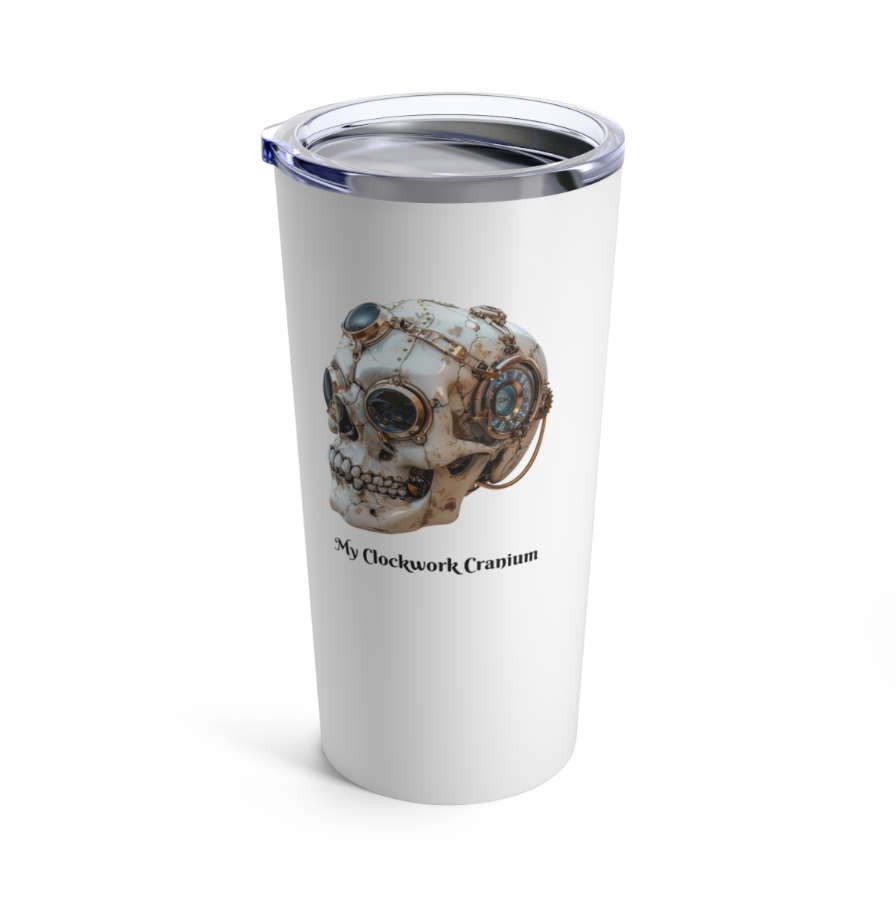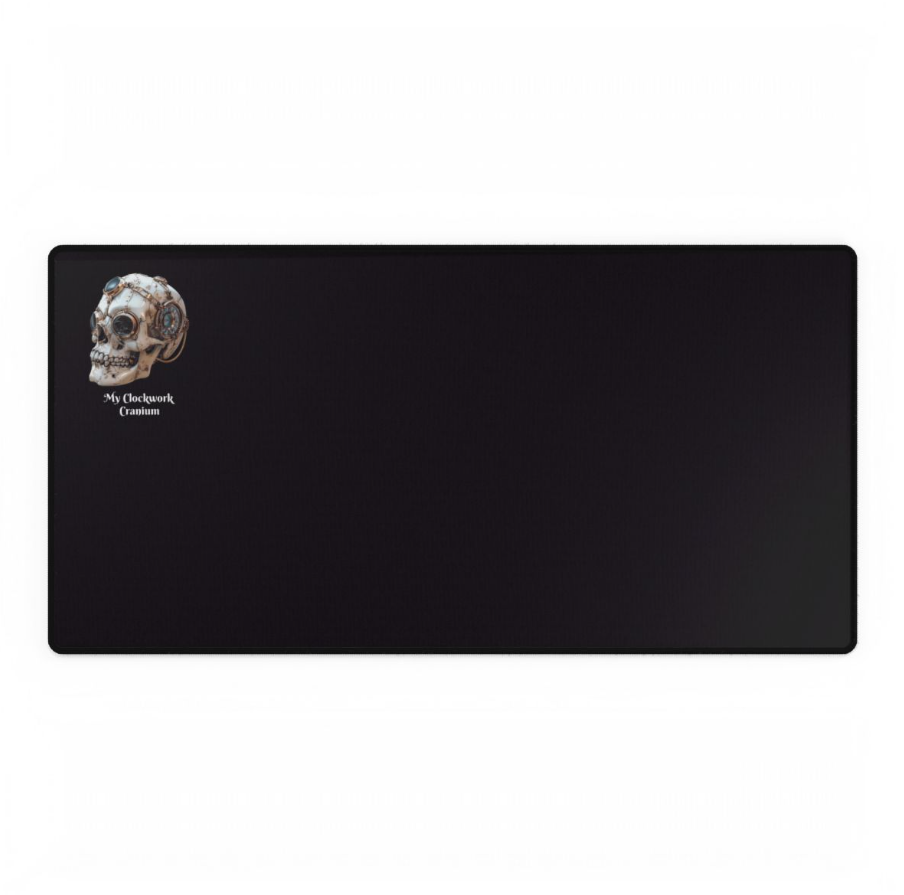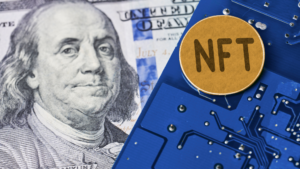If you’ve been hanging around the internet lately, you’ve probably heard the term “NFT” pop up everywhere. Whether it’s a digital artist selling a piece for millions or a meme becoming a collectible item, NFTs are taking the world by storm. But what exactly are NFTs? Why are people going bananas over them? Let’s dive in and find out! Don’t worry—it’ll be fun, and by the end of this, you’ll feel like an NFT pro.
What in the World Are NFTs?
First things first: What is an NFT?
NFT stands for Non-Fungible Token, which is a fancy way of saying it’s a unique digital asset. Unlike Bitcoin, Ethereum, or your good ol’ dollar bills, NFTs are one-of-a-kind and can’t be exchanged on a one-to-one basis. Think of NFTs as digital collectibles—like the rarest baseball card you can’t trade for anything else. Each NFT has a unique code stored on a blockchain that verifies its authenticity, ownership, and uniqueness.
But, NFTs can be more than just digital art or collectibles. They can be:
- Music
- Videos
- Memes
- Virtual real estate
- In-game items
Literally, anything that can be digitized can potentially become an NFT. So if you’ve ever wanted to own a virtual slice of pizza or the very first tweet, NFTs make that possible!
How Do NFTs Work?

Here’s where things get technical—but not too technical, I promise! NFTs exist on blockchains, the same technology behind cryptocurrencies like Bitcoin and Ethereum. The blockchain is a decentralized digital ledger that keeps track of all transactions. In the case of NFTs, this ledger records the ownership and history of the NFT, ensuring that it’s unique and can’t be duplicated.
Most NFTs today are part of the Ethereum blockchain, though other blockchains like Solana, Tezos, and Binance Smart Chain are getting in on the action too. Ethereum is a popular choice because it supports smart contracts, which are self-executing contracts where the terms are written into the code itself—perfect for NFTs!
Key Features of NFTs:
- Uniqueness: Every NFT has a distinct code that sets it apart.
- Ownership: NFTs prove ownership without the need for third parties.
- Indivisibility: Unlike cryptocurrencies, NFTs can’t be broken down into smaller units. You either own the whole thing or nothing.
- Interoperability: NFTs can be used across multiple platforms and games. For instance, a sword you buy in one game could be used in another, thanks to the blockchain!
Why Are People Spending Millions on NFTs?
Good question! What makes people want to drop serious cash on digital items they can’t even touch? It boils down to scarcity, exclusivity, and emotional value.
- Scarcity: Some NFTs are rare, with only a limited number created (or a single one, in some cases). The fewer there are, the higher the potential value.
- Exclusivity: Owning an NFT often means you’re part of an exclusive group or community. It’s a status symbol in the digital world—like driving a luxury car in real life.
- Emotional Value: Many people buy NFTs because they have a personal connection to the creator, the art, or the experience. It’s similar to buying physical art, only it exists in the digital realm.
People are also speculating on the potential future value of NFTs. Just like early adopters of Bitcoin, they believe that getting in early might lead to big returns down the road.
How to Buy and Sell NFTs (Without Losing Your Mind)
Buying and selling NFTs is easier than you think! Here’s a simple guide to get you started:
Step 1: Get a Crypto Wallet
To buy NFTs, you’ll need cryptocurrency, and to store that crypto, you need a crypto wallet. Think of it as your digital piggy bank. Popular wallets include MetaMask, Trust Wallet, and Coinbase Wallet. Make sure you choose one that’s compatible with the marketplace you want to use.
Step 2: Buy Some Crypto
Once you have your wallet, it’s time to fill it up! Most NFT marketplaces use Ethereum (ETH), so you’ll need to buy some ETH through an exchange like Coinbase, Binance, or Kraken. Don’t worry—these exchanges make it easy to convert your cash into crypto.
Step 3: Find an NFT Marketplace
With your crypto locked and loaded, you’re ready to head to an NFT marketplace. Some of the biggest platforms include:
- OpenSea
- Rarible
- Foundation
- SuperRare
Browse through the collections, find an NFT that catches your eye, and hit that “Buy” button!
Step 4: Sell (or HODL)
After buying an NFT, you can either hold onto it (HODL) in the hopes its value increases or sell it on the marketplace. If you sell, set your desired price, and wait for a buyer. Selling an NFT can be as simple as flipping collectibles, but timing and demand are key factors.
You can also check the instructions on how to buy Clockwork Craniums here.
The Environmental Concerns: Are NFTs Bad for the Planet? 
One of the biggest criticisms of NFTs is their impact on the environment. Blockchains, particularly Ethereum, use a lot of energy to operate. Every time a transaction occurs—whether it’s buying or selling an NFT—it requires power-hungry computers to process the data.
However, many platforms are working towards more eco-friendly solutions. Ethereum 2.0, for example, aims to reduce the energy consumption of the blockchain by shifting from a Proof of Work (PoW) to a Proof of Stake (PoS) model, which is significantly more energy-efficient. Some NFT projects are even donating a portion of their sales to environmental causes to offset their carbon footprint.
NFTs and the Future: What’s Next?
NFTs have already made a splash in the art world, but their potential extends far beyond digital art and collectibles. Here are a few exciting possibilities for NFTs in the future:
- Virtual Real Estate: Imagine owning property in a virtual world like Decentraland or The Sandbox. People are already spending serious money on virtual land that could one day be as valuable as physical real estate.
- Gaming: NFTs could revolutionize the gaming industry, giving players true ownership of in-game items and the ability to trade them across multiple platforms.
- Music & Entertainment: Musicians are using NFTs to sell exclusive albums, concert tickets, and experiences directly to fans. It’s a new way for artists to make money while keeping control of their work.
- Fashion: Major fashion brands are jumping into the NFT space, creating digital clothing that people can wear in virtual worlds or even display on their social media profiles.
Should You Get Into NFTs?
Are NFTs for everyone? Not necessarily. But if you’re into art, tech, gaming, or investing, NFTs offer a fascinating new way to engage with digital assets. Just remember to do your research, only spend what you can afford, and be aware that the NFT market can be volatile. Like any investment, there’s a risk of loss, but if you’re in it for the fun and the thrill, NFTs could be your next big adventure.
So, there you have it! NFTs might sound complicated at first, but once you dive in, you’ll see they’re just a new way to engage with the digital world. Whether you’re here to make money, collect rare art, or just flex your tech muscles, NFTs offer something for everyone. So, what are you waiting for? Time to jump in and see what all the hype is about!

